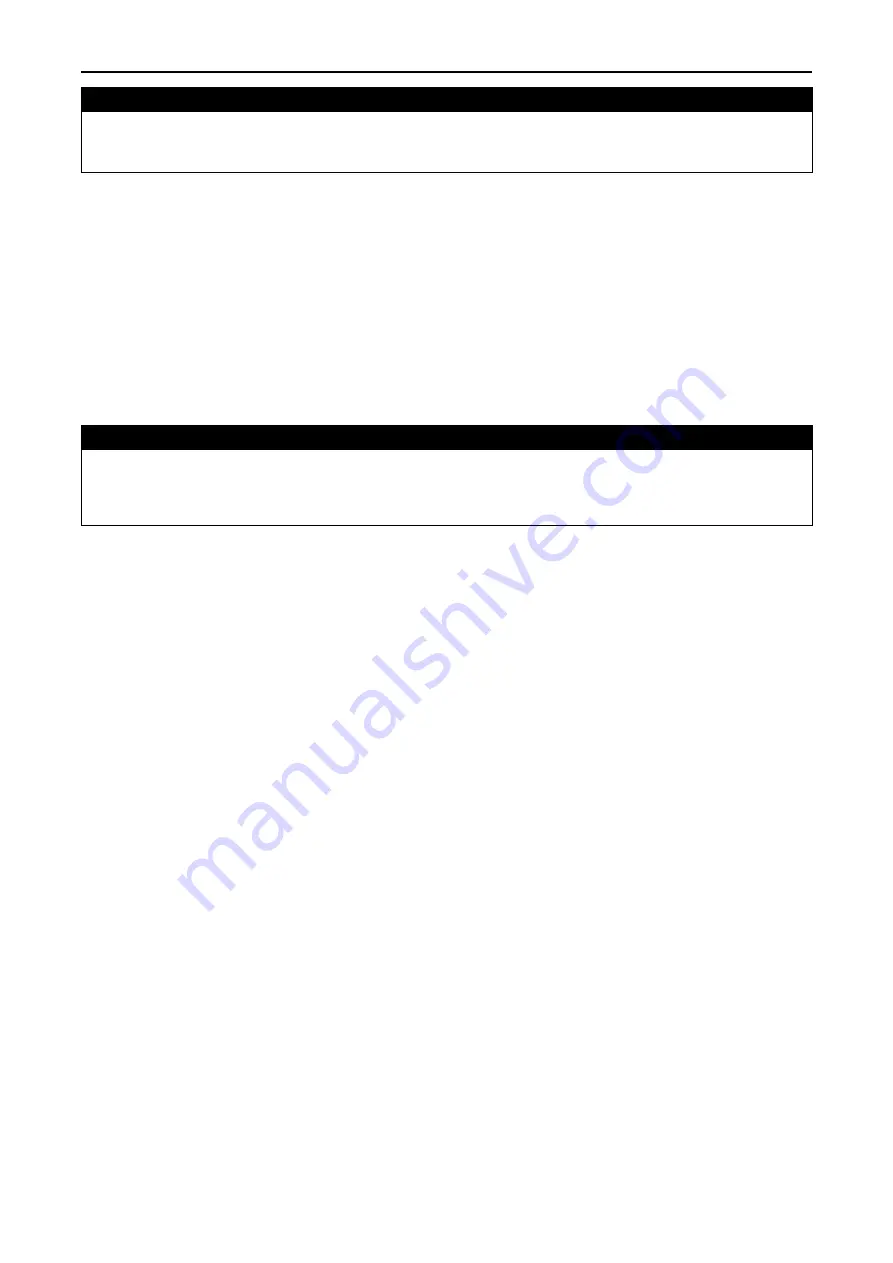
MHD56490
17
N
NO
OT
TIIC
CE
E
!
After each use of the emergency lowering device, reset the Emergency Stop Valve and verify the
main air supply is in proper working condition and able to fulfill its task.
Alternate Lifting/Lowering
The following information is provided to allow for emergency lowering or lifting of a person if air supply is lost to
winch. These procedures should be used if no other method of safely lowering personnel is available.
Three-Way Valve
Refer to
This device allows the person to be moved the shortest way to safety in case of normal air supply failure. In the
event of air supply failure, operate the three way valve from normal air supply to the emergency inlet. For a single
emergency lifting or lowering, a 50 liter bottle of compressed air at minimum pressure (5 to 7 bar) can be used.
1. Open the emergency power source. Rotate valve lever towards normal inlet air supply side.
2. Make sure that the downstream pressure is 5 to 7 bar.
3. Operate winch normally for lifting or lowering the person the shortest way to safety.
N
NO
OT
TIIC
CE
E
!
After each operation of emergency lifting/lowering system, return the three-way valve to the
main air inlet and verify the main air supply is in proper working condition and able to fulfil its
task.
Slack Line Device
Refer to
The slack wire rope device is intended to detect slack in the wire rope during time of operation in the payout
direction.
When lowering, in the event of slack, the slack wire device arm will lower by its own weight and activate a
pneumatic switch that stops the pilot air lowering signal to the motor. The winch is then stopped with both brakes
applied.
Winches Not in Regular Use
1. Equipment which has been idle for a period of one month or more, but less than six months, shall be given an
inspection conforming to the requirements of
before being placed in service.
2. Equipment which has been idle for a period of over six months shall be given a complete inspection conforming
with the requirements of ‘Periodic Inspection’ before being placed in service. Refer to Product Maintenance
Information Manual.
3. Standby equipment shall be inspected at least semi-annually in accordance with the requirements of
. In abnormal operating conditions equipment should be inspected at shorter intervals.
4. All oils must be drained and replaced with new, and all grease cavities shall be packed to the prescribed limit.
Refer to
. Product must be operated for at least 15 seconds in both directions with well
lubricated, dry air.
Storing the Winch
1. Always store the winch in a no load condition.
2. Wipe off all dirt and water.
3. To prevent rust build up from internal condensation, open lubricator to allow more oil into winch and operate
with no load. If the winch is being stored away from and not connected to the main air supply, place small
amount of ISO VG32 or SAE 10W oil at air inlet port.
4. Oil the wire rope.
5. Place in a dry location.
6. Before returning winch to service, follow instructions for
“Winches Not in Regular Use,” p. 17
.






































